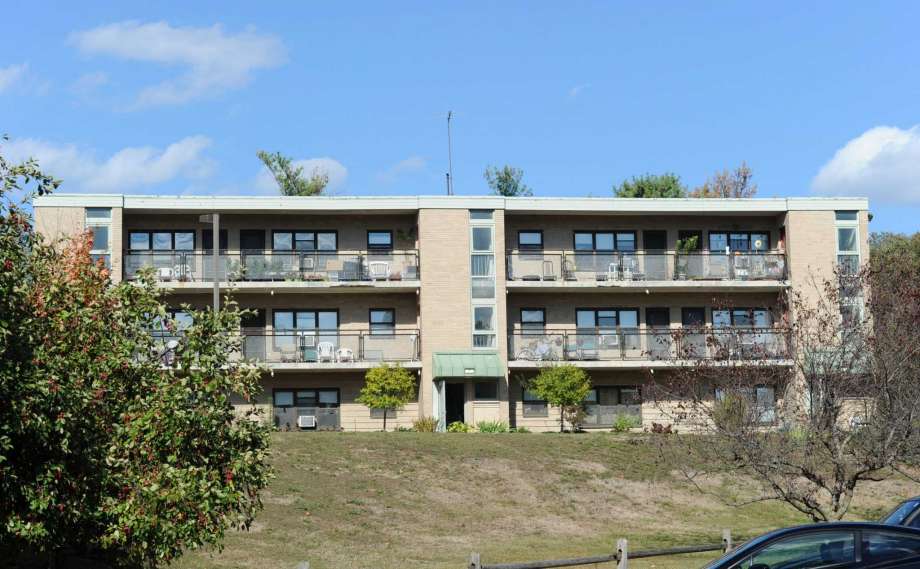Greenwich”™s Armstrong Court Phase 3 project has received nearly $1.1 million in Federal 9% Low Income Housing Tax Credits from the Connecticut Housing Finance Authority. It is one of seven developments around the state, and the only one in Fairfield County, to be so awarded.

The $1,088,723 in tax credits is for the third phase in the redevelopment of a Housing Authority of the Town of Greenwich property built in 1951 with 144 units. That phase includes the “gut” rehabilitation of 42 units, 11 of which will be for households with 25% Area Median Income (AMI), and 31 of which will be for households with 50% to 60% AMI.
The development is in a community with less than 10% affordable housing, has bus service and a Pre-K day care center on site.
The other developments are in West Hartford, New Haven, Waterford, Torrington, East Hartford and Hartford.
Together, the seven projects will receive $8,831,338 in tax credits, which the state housing finance authority said will generate a total of over $84 million in equity from private investors. The developments will create 381 rental units, 321 of which will be designated as affordable and 60 as market rate. In addition, the developments will create 152 new units and will replace or redevelop 229 existing units.
“The LIHTC program is vital to increasing the production of affordable housing in our state,” said Seila Mosquera-Bruno, chair of the Housing Finance Authority”™s Board of Directors and commissioner of the Department of Housing.
“Whether it is new construction or renovating existing properties, the goal is to bring units on line as quickly as possible,” she said.
The authority administers the tax credit program, which stimulates private investment in affordable housing by awarding tax credits to developers, who sell their tax credits to investors in order to obtain equity financing for their developments. Developers”™ applications are reviewed and scored based on the Connecticut”™s Qualified Allocation Plan, which reflects the state”™s housing priorities that include rental affordability, financial efficiency and sustainability, local impact, opportunity characteristics and development team qualification and experience.
Due to the limited amount of tax credits that are available each year, the awards are a highly competitive source of funding. This year, 16 applications were received, requesting a total of more than $23 million in credits ”“ nearly three times more than the amount of available tax credits.





















